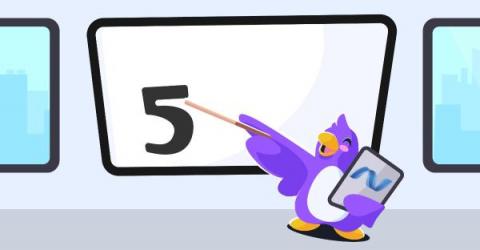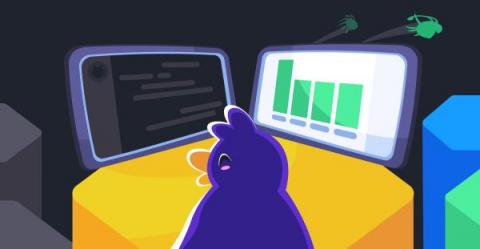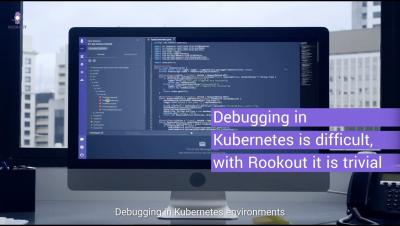7 Features to Know before Jumping Back into .NET
Software development gets complex if you want your applications to target multiple operating systems, including but not limited to Windows, Linux, macOS, Android, iOS, HoloLens, desktop apps, and web apps. Enter the robust and feature-rich.NET platform to write applications rapidly for use across multiple systems. It also contains many libraries that allow developers to reuse common functionalities. It isn’t itself a language, though many describe it that way.










